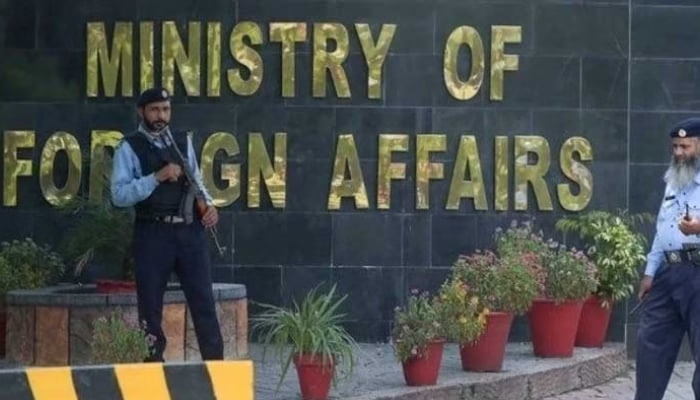Pakistan is grappling with the devastating consequences of a heavier-than-usual monsoon season, which has already claimed at least 266 lives since the rains began on June 26. In a tragic and alarming statistic, officials revealed that nearly half of those killed—126 individuals—were children. Many of these young lives were lost during their national school holidays when schools and colleges across regions, particularly in Punjab, were closed.
Mazhar Hussain from the Punjab Provincial Disaster Management Agency (PDMA) highlighted the vulnerability of children during this time. Children are very vulnerable to this situation. They are playing in the water, bathing, and electricity shocks can happen, he said, explaining the unfortunate circumstances contributing to the high number of child casualties. The situation was exacerbated in Punjab, the country’s most populous province, which has experienced 70% more rainfall than during the same period last year.
The National Disaster Management Authority (NDMA) has reported widespread destruction and loss across multiple provinces. The causes of death include flash floods, collapsing buildings, lightning strikes, and drownings. Hundreds more have been injured as torrential rains continue to lash various parts of the country, overwhelming drainage systems, flooding homes, and collapsing infrastructure.
An NDMA spokeswoman told AFP that the rainfall pattern this year has been disturbingly different from previous years. Such death tolls are usually seen in August, but this year the impact has been markedly different, she said. With the monsoon season typically intensifying in August, authorities have issued strong warnings that the worst may still be ahead.
The catastrophic impact has not been limited to urban areas. In the mountainous region of Gilgit-Baltistan—a popular tourist destination known for its breathtaking peaks, scenic valleys, and roaring rivers—torrential rains caused a massive landslide this week. Several cars were swept away, raising further alarm over the safety of residents and tourists. In a particularly heartbreaking incident in late June, at least 13 tourists were killed after they were swept away by flash floods while seeking shelter on a raised river bank.
Monsoon season is a critical climatic phase for Pakistan and the wider South Asian region. The season, which spans from late June through September, brings between 70% to 80% of the region’s annual rainfall. While these rains are essential for agriculture—especially for millions of farmers who rely on them for crop irrigation and food production—they also carry with them the risk of widespread destruction and displacement.
The dual nature of the monsoon—both life-giving and life-taking—was starkly evident in 2022, when Pakistan experienced one of the worst climate disasters in its history. That year, relentless monsoon rains submerged one-third of the country, affecting more than 33 million people and claiming over 1,700 lives. The catastrophe triggered massive international humanitarian efforts and raised alarm bells globally about Pakistan’s climate vulnerability.
Experts and authorities continue to emphasize the urgent need for better preparedness and disaster response mechanisms. The current pattern of increasingly erratic and intense rainfall is widely believed to be linked to climate change, which has made South Asia more prone to weather extremes.
As the rains show no sign of relenting, disaster management agencies are on high alert. Relief operations are underway in affected areas, and emergency shelters have been set up for displaced families. However, the scale of the devastation has once again exposed the inadequacy of existing infrastructure and the need for more climate-resilient planning, especially in flood-prone regions.
For now, as the nation mourns the loss of its citizens—especially the many children who became victims of nature’s fury during what should have been a carefree holiday—Pakistan braces for what could be an even more challenging phase of the monsoon season ahead.



